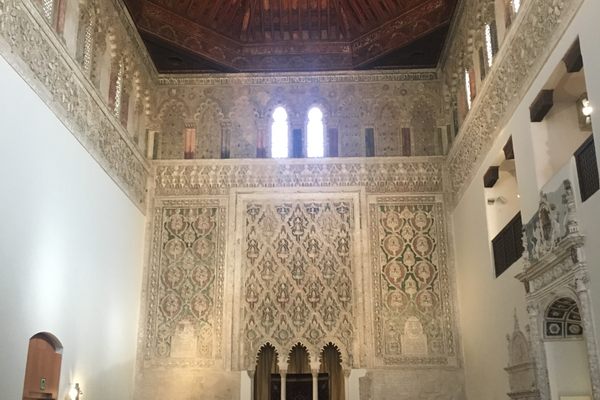About
The mysterious bell tower of Laoag City continues to spark the curiosities of people visiting Ilocos Norte, a northern province of the Philippines. Its tale traces a long story of occupation, struggle, and survival—much like the tale of the country's rise and wane under Imperial Spain.
The coastal Ilocos Region of northwestern Philippines was home to the native Ilocano ethnic group and served as a trading port for the nearby Malaysian and Indonesian tribal peoples. Being over a thousand kilometers from the Visayan Islands, the first point of entry for the Spaniards in 1521, this northern region was a rather peculiar place for Spain to establish a stronghold.
Yet after 333 years of Spanish rule over the archipelago, the cultural and religious traditions of Spain are still practiced in the region and many other parts of the Philippines today. Along with these intangible transformations are the indestructible structures that have withstood the test of time. Structures like the famed Sinking Bell Tower, the tallest historic building in Laoag City, the capital of Northern Ilocos.
One of the first oddities a visitor may notice is the tower's distance from the city's main cathedral, St. William's. Bell towers are commonly built "attached" to cathedrals or a few meters away, but for reasons unknown, St. William's bell tower was built about 80 meters from its doors.
The bell tower was presumably built after the 1707 earthquake. It has withstood several minor earthquakes since completion, thus earning membership to the "Earthquake Baroque" style label by architecture scholars, along with several churches across the Philippines and Guatemala. It was locally constructed by Ilocano artisans who used bricks joined by molasses and leaves from a local plant named sablot. With a foundation of 295 feet and a height of nearly 150 feet, it was a solid structure that towered over Ilocanos for centuries.
Maybe not for too much longer.
It is believed that the tower is sinking at a rate of an inch every year. There aren't any conclusive scientific explanations for this, but one accepted theory is that the tower being built on sandy land and its heavy and massive structure is causing it to slowly bury itself into the ground.
Stories from the past tell of people mounted on horses being able to pass through the tower's gates. However, if you visit the bell tower today, you would realize you would have to almost crawl through its gates to enter the bell tower. (Unfortunately, the city council strictly prohibits unauthorized entry into its prized piece of history.)
Today, the bell tower is also sinking in a figurative way. The booming city of Laoag continues to undergo tremendous structural changes. The cathedral itself was recently repainted beige and yellow (much to the locals' dismay), but the old, gray sinking bell tower still stands, tarnished only by the passing of time.
Related Tags
Know Before You Go
You can get to the Sinking Bell Tower easily from anywhere in the city by hailing a tricycle.
Published
December 12, 2016


















